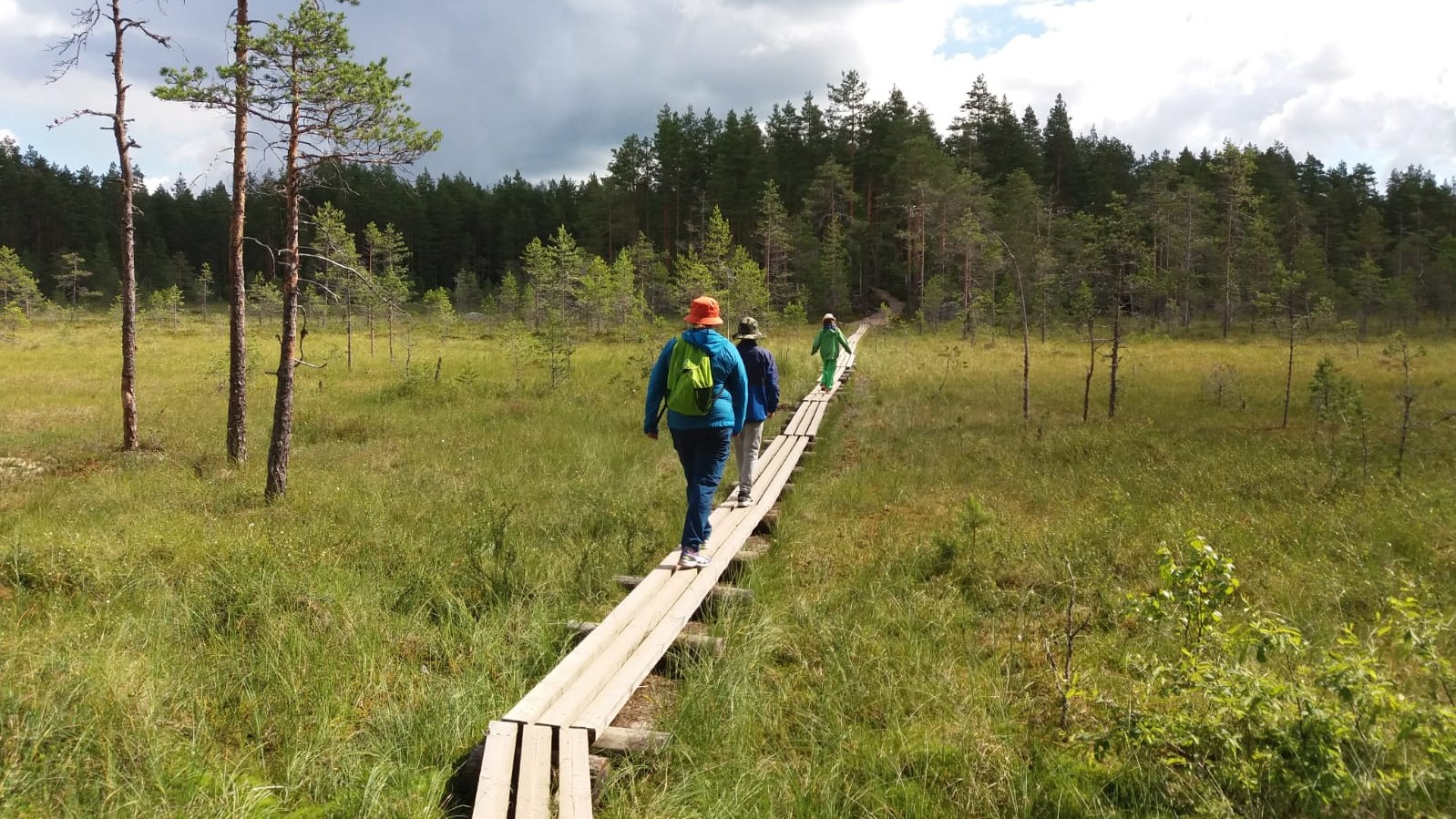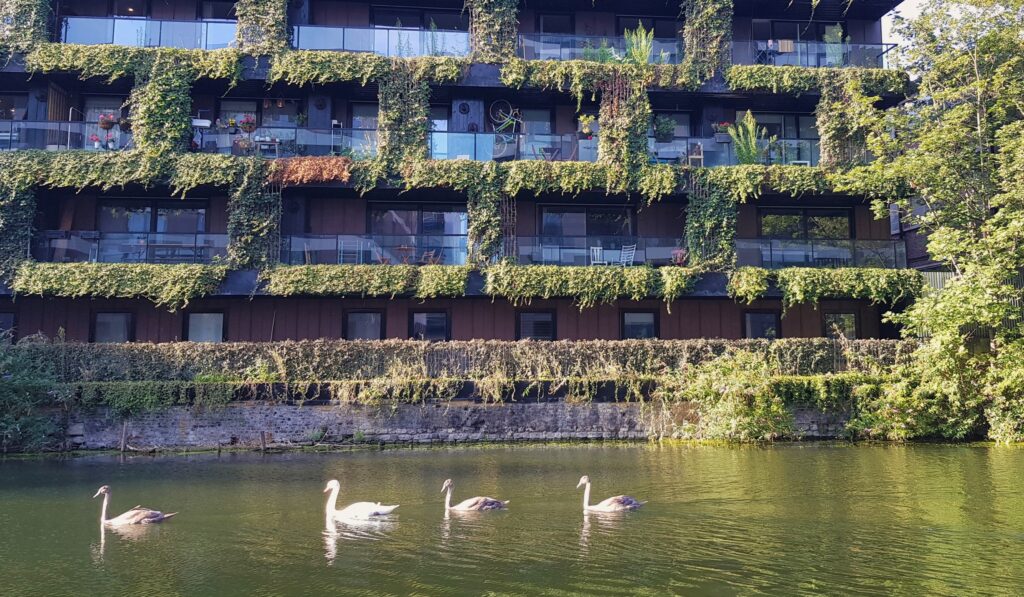With nature headlining in the UN climate negotiations, the nature and climate communities are finally coming together. However, nature conservation and restoration are solutions to more than climate change. Minna Hartikainen reflects on the recent nature-based solutions dialogues and discusses how we can work with nature to address the multiple challenges of our times.

Beyond climate change
Walking across a peat bog, you have to admire the genius of nature. These beautiful landscapes have stored carbon, purified water and provided food and medicine to local people for thousands of years with not much more cost than a few mosquito bites. Only when most of Europe’s peatlands have been drained or extracted have we woken up to the many benefits that have been lost in the process.
Peatland restoration may be the poster boy for natural climate solutions but we can enhance nature everywhere and bring benefits to people and nature beyond climate change mitigation and adaptation. We can protect nature for its beauty and wonder. We can plant trees to prevent erosion and reduce flooding. We can protect and restore coastal habitats to protect people and property from storms. We can build green and blue infrastructure to improve health and wellbeing in towns and cities. An umbrella term for the many ways in which we can work with nature to address the climate, nature and health crises has emerged – nature-based solutions. However, the full potential of nature-based solutions has not been thoroughly assessed yet.
Finding solutions
Recently the Nature-based Solutions Initiative hosted virtual dialogues to discuss the opportunities of bringing the nature and climate communities together and “building back better” with nature. It introduced inspiring examples of collaboration, such as Africa’s Great Green Wall or working with beavers, and discussed strategies to scale out, scale up and scale deep solutions. We have an opportunity now to embed nature-based solutions to the health and economic recovery and build consensus towards the UN climate negotiations next year but we need to narrow the focus and create clear pathways for nature-based solutions. To help governments, businesses and NGOs create new projects, the IUCN has introduced a global standard for nature-based solutions.
Conservation is not enough
Nathalie Seddon from the Nature-based Solutions Initiative and Friends of COP26 stresses that nature-based solutions can’t be a substitute for reducing carbon emissions. Conservation and restoration of nature alone are not enough but we also need to change consumption and production patterns. Ultimately, there is not a lot of spare land, and we need to find solutions that do not compete with food production. This links also with the Dasgupta review on the economics of biodiversity and a wider debate about sustainable economic growth.
To find the right solutions for people and nature, we need to understand what we really value. We need to weed out perverse incentives and recognise the true value of nature to our economies, especially when there is an established market pulling in another direction, so that the trees of the Amazon are not worth more dead than alive.
Better places for everyone
The lockdown has shown that city parks are not luxuries, but critical infrastructure. Timon McPhearson from the New School notes that the opportunities for nature-based solutions in cities are enormous. We need to invest in green and blue infrastructure in places where most people live and most climate change impacts are felt, particularly by the poor. To address environmental inequalities, we need to reduce environmental burden and build greener and healthier communities everywhere. People need nature and nature needs cities. Ultimately it’s a questions of what kind of places we want to live in.

Nature-based Solutions Digital Dialogues were organised by the Nature-based Solutions Initiative at the University of Oxford, 7-9 July 2020. You can watch the whole conference, see posters and read relevant research here.
